The 500 F2 was a car of Formula 2 with which Scuderia Ferrari raced in the Formula 1 World Championship in 1952 and 1953. It was also the first Ferrari to be designed with an engine that was not the 12 cylinders. With this car Alberto Ascari won the driver’s world title in 1952 and 1953.
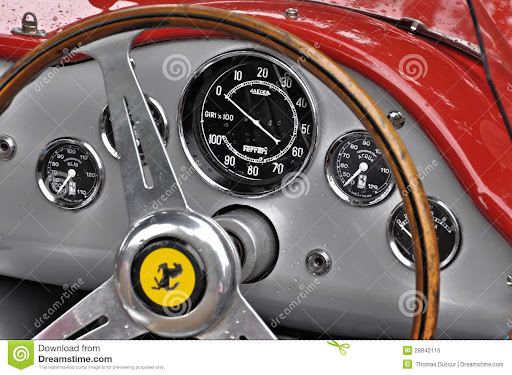
At the end of 1951, with the withdrawal of Alfa Romeo from racing, the starting grid of F1 cars was little valid. For this reason, before the start of the 1952 season, the FIA announced that, for that year and the next one, it would be allowed to race with cars of Formula 2 category, which saw the participation of teams like Gordini, Cooper, Maserati and Ferrari. So one of the few teams in F1 prepared to the new requirements was Ferrari which, at the beginning of 1951, was working on the new 500 F2.
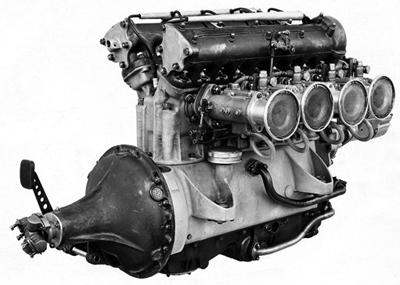
Rather than modify the 12-cylinders used on 166 or on previous Formula 1, Aurelio Lampredi decided to design from scratch a brand new four-cylinders, fractionation most appropriate to the engine capacity of 2000 cc and that of 2500 cm³, that would have come into force in 1954. Already in the spring of 1951 the 2000 cc engine was prepared and carried out the first bench tests. The first tests revealed its higher efficiency compared to a 12-cylinders of equal displacement: it had more torque, weighed 45 kg less, had a power to weight ratio improved by 15% and could count on 65% fewer moving parts. The power was 165 hp at 7000 rev / min, but would come to 200 hp with the changes over time.
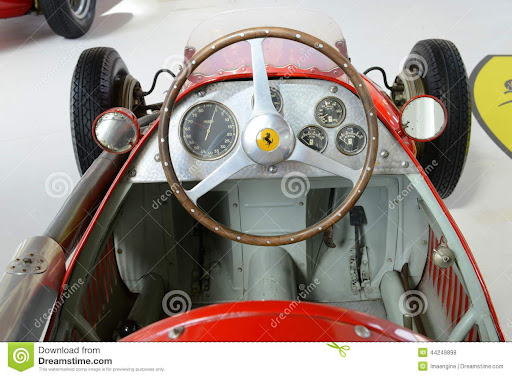
The smaller dimensions of the motor, with respect to a 12 cylinders, also allowed to obtain a better distribution of the weights thanks to the gearbox under the driver’s seat and the magnets placed immediately behind the front axle. In the two years the 500 F2 underwent very few changes. Apart from the engine that eventually touched the 200 hp, the most important change consisted of an elongated snout for use in high speed circuits for better aerodynamics.
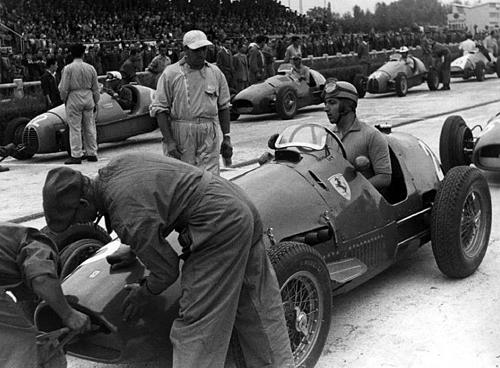
But, apart from these minor modifications, the car never suffered changes as it is one object balanced both in form and in substance. The debut of the 500 F2 occurred at the GP of Modena of 1951 (race not valid for the world championship), with Ascari and Villoresi at the wheel. The first won the victory in front of Froilan Gonzalez, who drove a 166 F2, while the latter was forced to retire. The following year the races from the start of pre-season sanctioned the superiority of the 500 F2, which won with Ascari in Syracuse, Pau and Marseille while, with Farina behind the wheel, won at Naples.
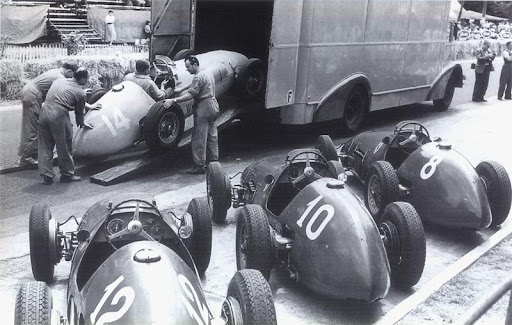
The 1952 Formula 1 season opened with the Swiss Grand Prix in which Ascari did not participate to become familiar with the Indianapolis circuit and with the Indy 375. The inaugural race was won by Piero Taruffi, still ahead of Rudi Fischer, both in the 500 F2. The rest of the season for Ascari, always at the wheel of the 500 F2, was a triumph and he won easily imposing himself in all races scheduled: Belgium, France, Great Britain, Germany, Holland and Italy. At the end of the season behind the Milanese driver posted themselves, always in the 500 F2, Farina, Taruffi and Rudi Fischer of Ecurie Espadon. The physiognomy of the championship in 1953 was more or less the same as the previous year, despite the Maserati had become more competitive, thanks to the A6 GCM engine that appeared now more powerful than the Ferrari one, but, as a whole, was lower for road holding and braking. In 1953 the 500 F2 with Ascari won the Grand Prix of the Netherlands, Belgium, Great Britain and Switzerland and, with Mike Hawthorn, the French GP. The only official race that did not see the victory of the 500 F2 was the Grand Prix in Monza where Ascari and Farina were involved in an accident with a lapped driver and Fangio could easily overcome them. Farina nonetheless concluded the race in second position ahead of Villoresi and Hawthorn, all in a 500 F2. At the end of the season Ascari graduated again world champion in front of Fangio, the only non-Ferrari driver in the top five of the world championship.
Videos
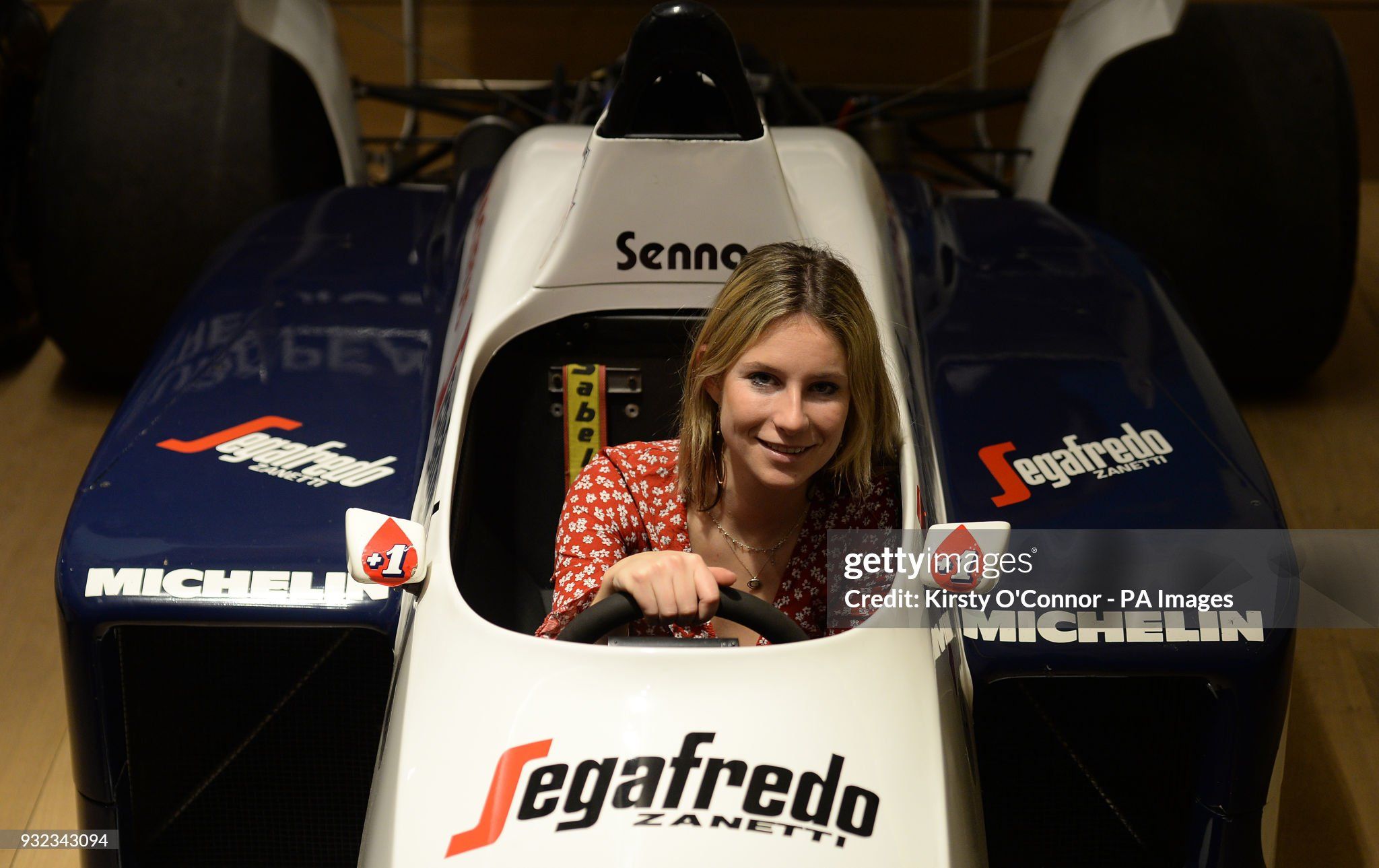

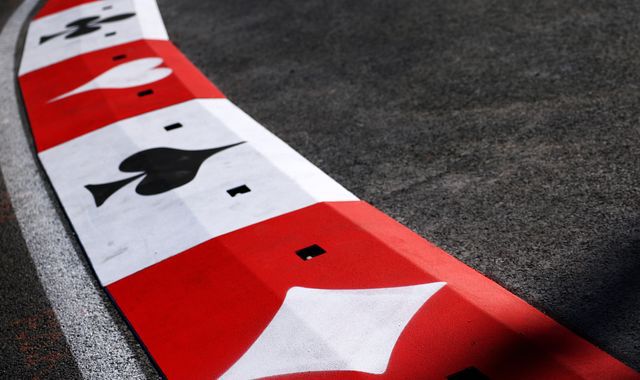
Comments
Authorize to comment